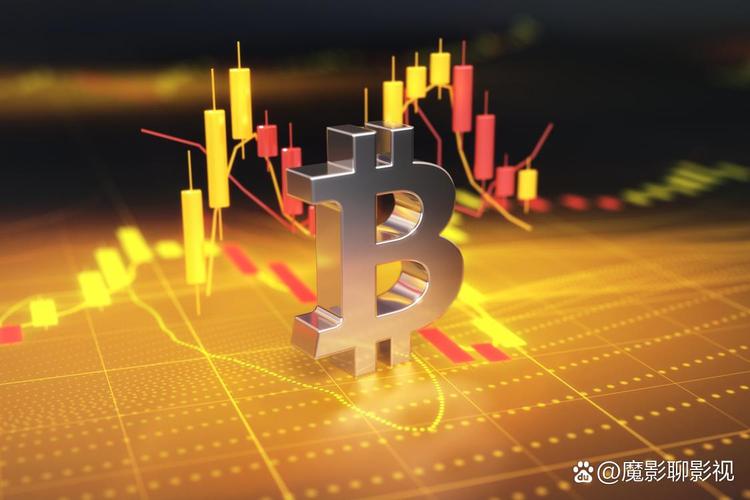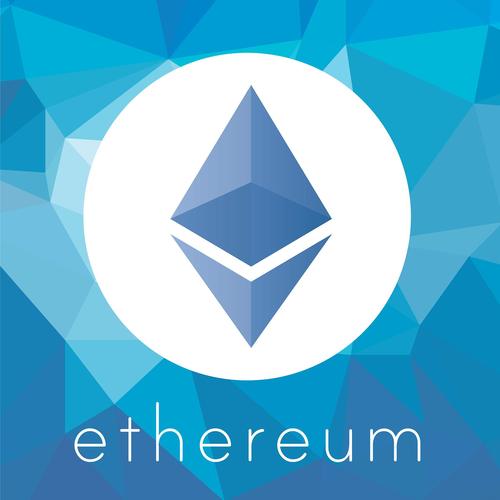
Understanding EGLD and ETH: A Comprehensive Guide
Have you ever wondered about the intricacies of EGLD and ETH? These two digital assets have been making waves in the cryptocurrency world, and it’s essential to understand their unique features and potential. In this article, we’ll delve into the details of EGLD and ETH, exploring their origins, functionalities, and future prospects.
What is EGLD?
EGLD, previously known as Elrond, is a blockchain platform designed to offer high-speed transactions and scalability. It aims to revolutionize the financial industry by providing a decentralized ecosystem for various applications, including FinTechs, DeFi projects, and IoT devices.

One of the standout features of EGLD is its innovative sharding technology. This technology allows the network to process transactions in parallel, significantly increasing its throughput. As a result, EGLD boasts an impressive transaction speed of over 15,000 TPS (transactions per second) and low transaction costs, making it an attractive platform for developers and users alike.
Here’s a quick overview of EGLD’s key features:
| Feature | Description |
|---|---|
| Sharding Technology | Enables parallel processing of transactions, enhancing network throughput |
| High Transaction Speed | Over 15,000 TPS, making it one of the fastest blockchain platforms |
| Low Transaction Costs | Transaction fees as low as a fraction of a cent |
| Scalability | Capable of handling a large number of transactions without compromising on performance |
What is ETH?
ETH, short for Ethereum, is a decentralized platform that enables the creation and execution of smart contracts. It was launched in 2015 and has since become one of the most popular blockchain platforms in the world.
Ethereum’s primary innovation is its smart contract functionality, which allows developers to build decentralized applications (DApps) and decentralized finance (DeFi) projects. These applications run on the Ethereum network and are powered by ETH, which serves as the platform’s native cryptocurrency.

Here are some key aspects of ETH:
-
Smart Contracts: Self-executing contracts with the terms of the agreement directly written into lines of code
-
DApps: Decentralized applications that run on the Ethereum network
-
DeFi: Decentralized finance projects that leverage Ethereum’s smart contract functionality
-
ETH: The native cryptocurrency of the Ethereum network, used for paying transaction fees and as a store of value
Comparing EGLD and ETH
While EGLD and ETH share some similarities, they also have distinct features that set them apart. Here’s a comparison of the two platforms:
| Feature | EGLD | ETH |
|---|---|---|
| Transaction Speed | Over 15,000 TPS | Varies, but typically lower than EGLD |
| Transaction Costs | Low | Higher than EGLD |
| Scalability | High | Improving, but still has scalability challenges |
| Smart Contracts | Yes | Yes |
| DeFi and DApps | Yes | Yes |
Future Prospects
The future of EGLD and ETH looks promising, but it’s essential to consider various factors that could impact their growth and adoption.
EGLD’s sharding technology and high transaction speed give it



